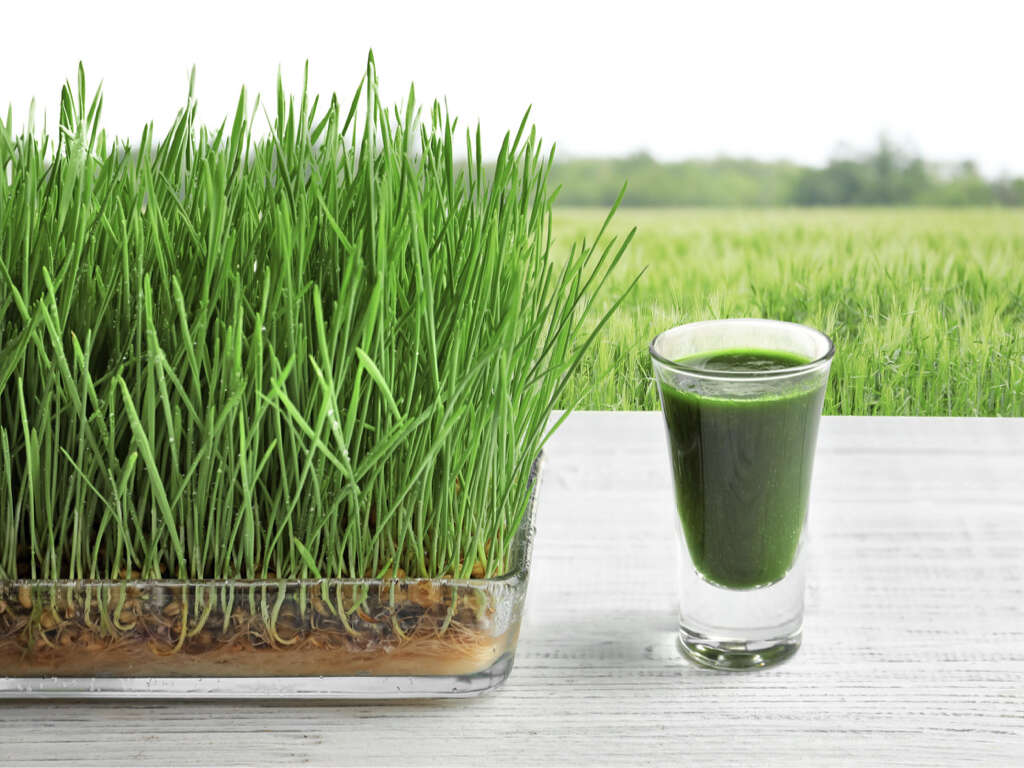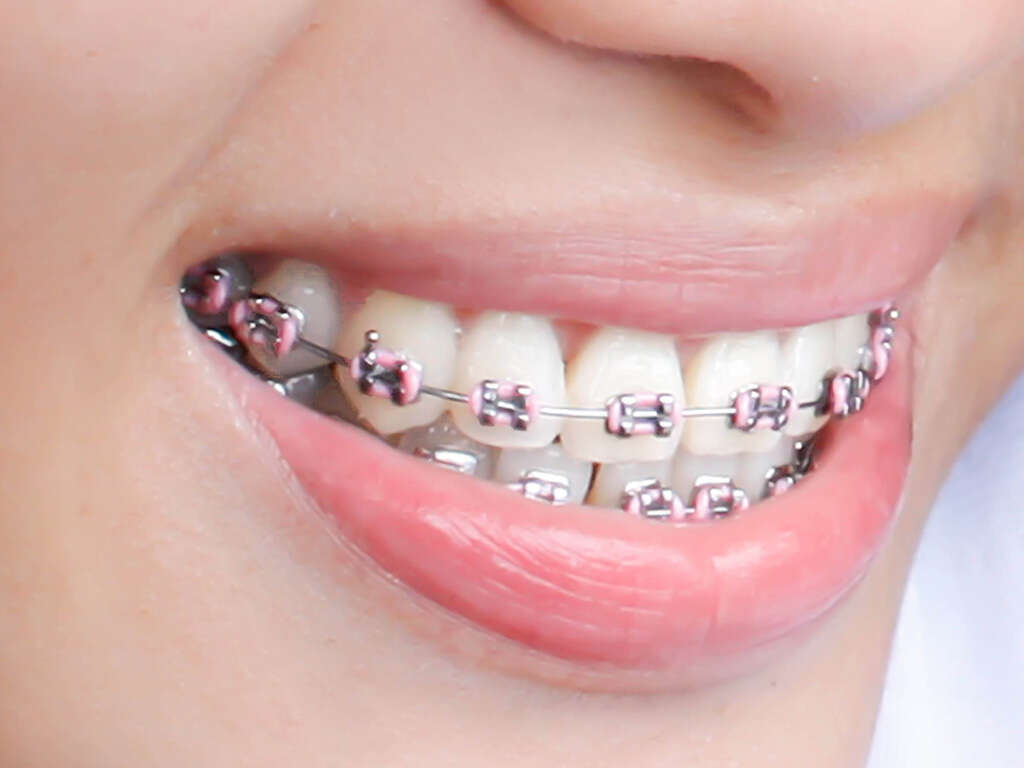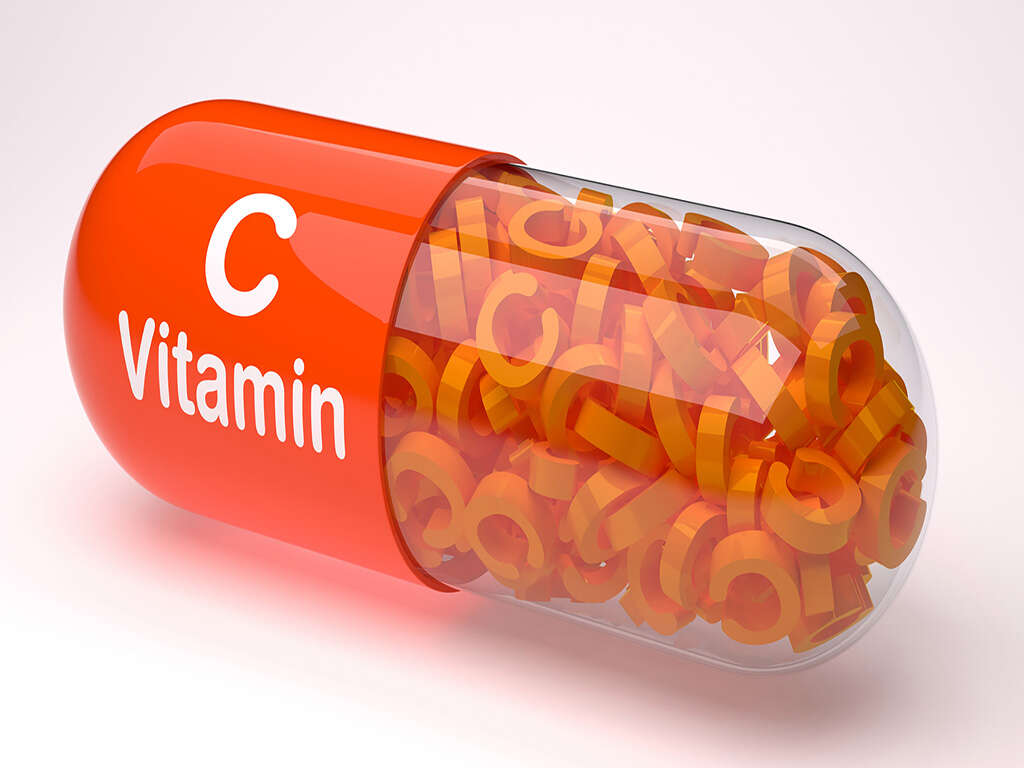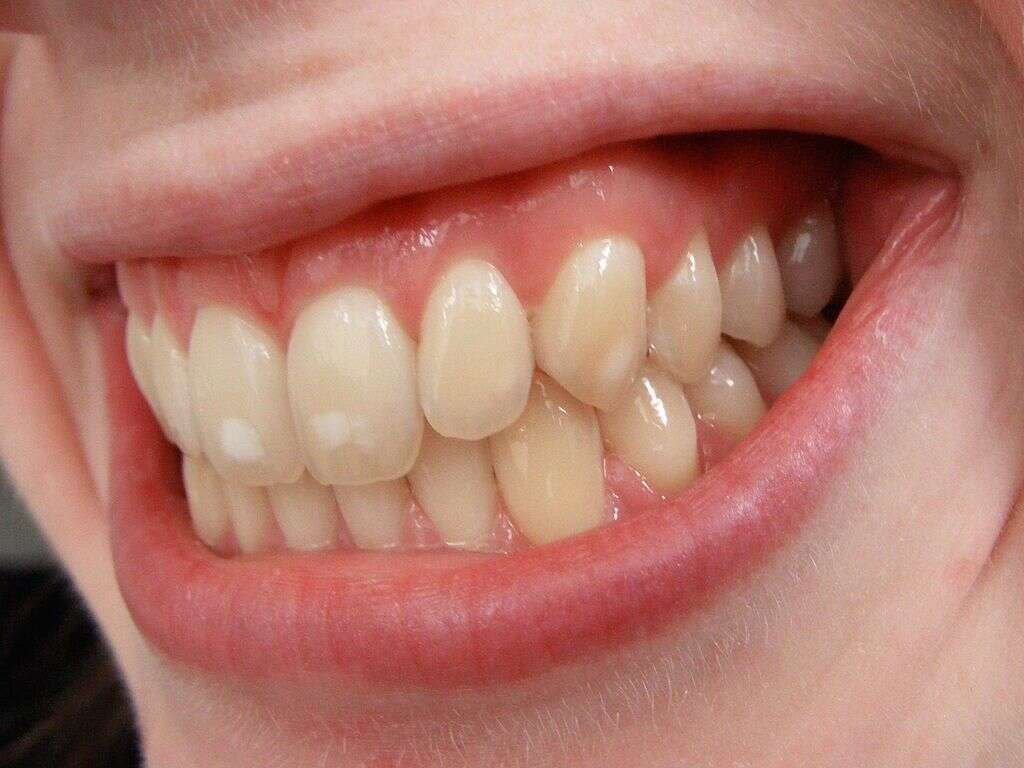What Is Scurvy?
Most of us in the western world are fortunate enough to have access to a balanced diet. Most of the time we won’t even need to be especially careful about what we eat, provided we eat at least reasonably healthily. If we don’t eat healthily, however, then we could fall quite ill.
Scurvy is a disease that was prevalent in the Victorian era, but is much rarer now. It still does exist, however, especially in the poorer parts of the world. It is easy to prevent and to treat in most cases, but it can be very dangerous if the condition is not treated in time.
1. Vitamin C
We often hear about the importance of having plenty of vitamin C in our diet, and for very some good reasons. One reason is that it helps to keep our immune system strong, helping to protect us against disease. The vitamin also helps with some other very important functions in our bodies.
Vitamin C helps with the absorption of certain minerals and aids with our metabolism. It is important for the production of collagen which helps to keep our bodily tissues together. It also helps with the healing of wounds, while it also important for the formation of certain neurotransmitters.
2. Scurvy
Scurvy is a condition that is also known as severe vitamin C deficiency. It is a condition that is not common now but it used to be a real problem for a lot of people in the past. Access to a healthy, balanced diet is the main reason why scurvy is not nearly as common as it used to be.
Scurvy was a particular problem for sailors in the days of discovery. Spending long periods of time at sea and without modern food preservation methods, scurvy was a real problem. Many ships overcame the problem by stocking up with limes with which to supplement the sailors’ diet.

3. Causes
Our bodies are unable to make vitamin C themselves. This means that we have to get the vitamin from our food. Thankfully, the vitamin is plentiful so getting enough of the vitamin is not a problem for most people. This is not the case for everybody, however.
Many people that live in impoverished areas of the world may not have access to a balanced diet. This can mean they don’t get enough vitamin C and other important vitamins and minerals. Not having enough vitamin C can cause a number of unwelcome symptoms and can be dangerous if it is left untreated.
4. Infants
It is very important to ensure young children get all the nutrition they need, but this is not always easy. Some children can have digestive disorders, while they might not always be given an adequate diet. In some instances, the mother might have conditions herself that mean her milk is not sufficiently nutritious.
One sign of scurvy in young children is a habit of lying down with their legs and arms extending half way out from the sides of their body. The patient can also be very irritable and difficult to placate. They may also experience bleeding and bruising more easily than usual, while bone fractures will also be more common.

5. Adults
Symptoms of scurvy will not usually show until after around 4 weeks of having little or no Vitamin C in the patient’s diet. At around that time, symptoms will begin to show but they will usually only be mild. One of the early signs of scurvy is that the patient will become uncharacteristically irritable.
Other first signs of scurvy include feeling weak and exhausted, regardless of food and rest. The patient will also begin to lose their appetite and many will complain that their legs are aching. A fever is also often present, but it is likely to be mild.
6. Later Symptoms
Around 1 month to 3 months later, the patient will begin showing more serious symptoms. Patients can find that any wounds they pick up start taking longer to heal then they usually would. They can also start experiencing a pain in their chest, and some will also become short of breath.
The patient’s teeth will also begin to decay, while their gums can become very tender and bleed very easily. Small dark bumps will appear on the skin around hairs, and large bruises can develop. The patient’s joints will also become very tender and their eyes can become dry and irritated. Blurred vision is also common, as is a sensitivity to light, and headaches.
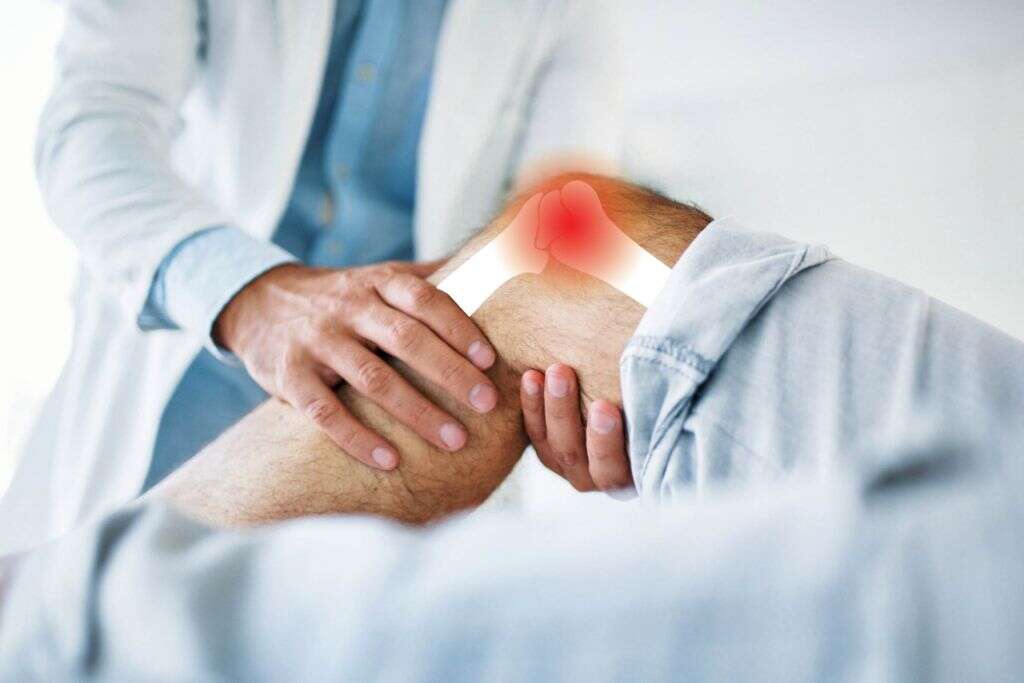
7. Severe Symptoms
If it is not treated then scurvy can become very serious indeed. One sign that it is developing to a serious condition is that the patient’s teeth start to fall out. They can also begin to experience numbness in their legs and in their hands. They can also begin to experience swelling and tenderness all over their body.
A type of anemia known as hemolysis can occur, and the patient can also experience severe jaundice. Internal hemorrhaging can occur and organ failure is also a possibility. A fever will develop and some patients will become delirious. Other symptoms include convulsions, coma, and even death.
8. Dietary Causes
Most cases of scurvy occur simply because the patient is not getting enough vitamin C in their diet. This will sometimes happen in very low-income households without access to an adequate diet. Other reasons include the patient being unable to feed themselves properly, including the very old and the very young.
Other people may simply be careless about their diet, while some may have specific dietary needs that restricts what they can eat. People that don’t take care of themselves because of drug and/or alcohol consumption. People that are homeless may also not have access to the diet that they need.

9. Medical Causes
Other potential causes of scurvy include certain medical conditions that might affect the patient’s ability to absorb vitamin C. These include digestive conditions like irritable bowel syndrome, and Chron’s disease. Kidney failure can also cause problems, especially if the patient has to undergo dialysis.
Somebody that has chronic diarrhea may not be able to absorb enough vitamin C before it is passed out of the body. Smoking can also contribute to scurvy. Some patients will develop scurvy after radiation therapy and/or chemotherapy. Some neurological conditions can be a cause, as can some eating disorders. Some immune conditions can also be an underlying cause of scurvy.
10. Treatment
In many cases, the prevention and treatment of scurvy could not be much easier: Eat plenty of vitamin C. This means getting lots of fresh fruits and vegetables in your diet, and citrus fruits in particular are especially rich in the vitamin. Many foods will also have additional vitamin C added.
People that have medical reasons for scurvy may need vitamin C supplements to help them get what they need. Especially high dosage supplements may be needed in the most extreme cases. The patient may need treatment for their symptoms of scurvy, and hospitalization may be needed if the condition is advanced enough.





